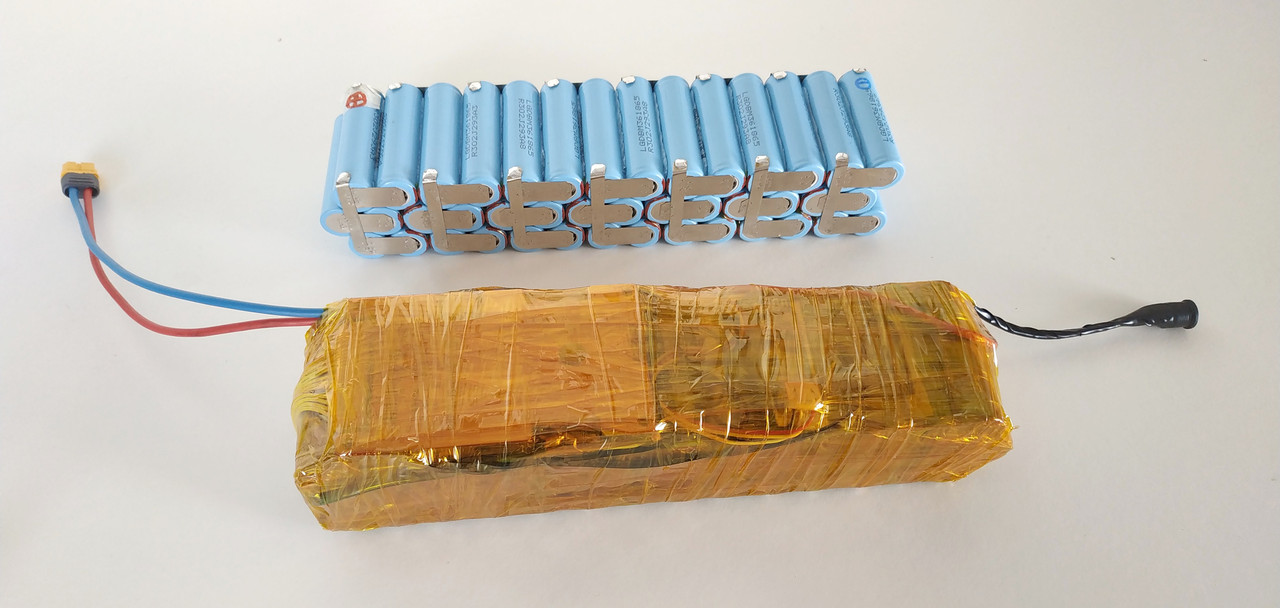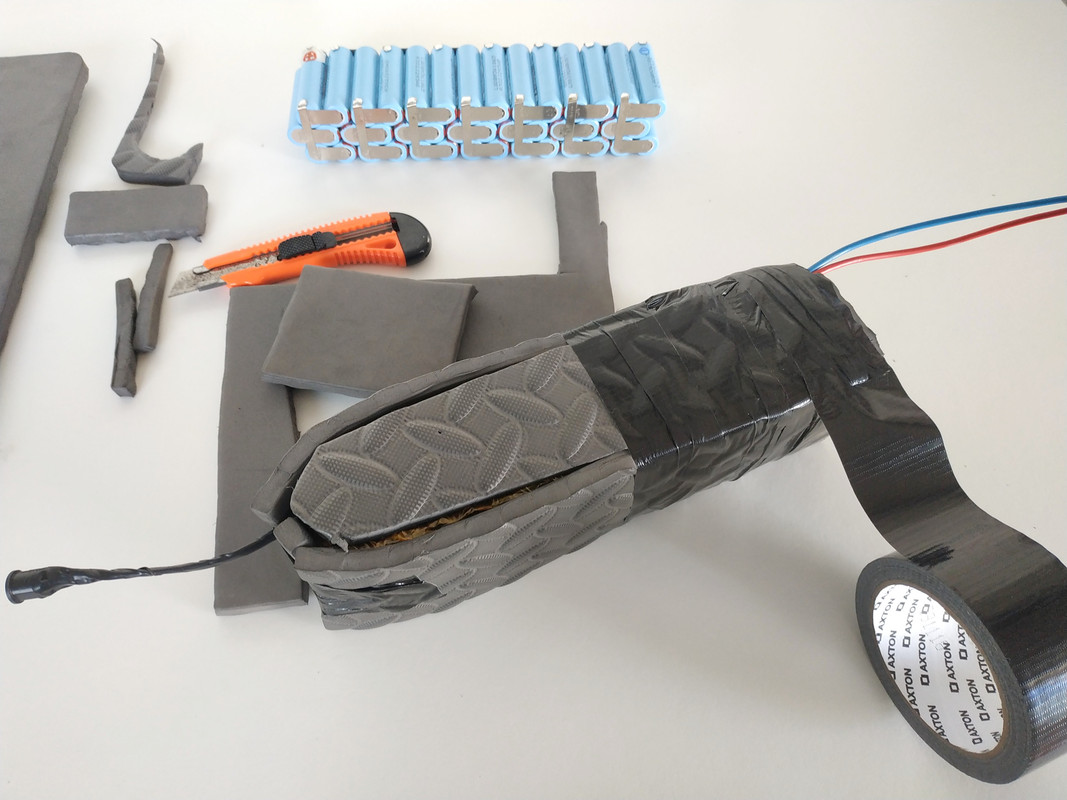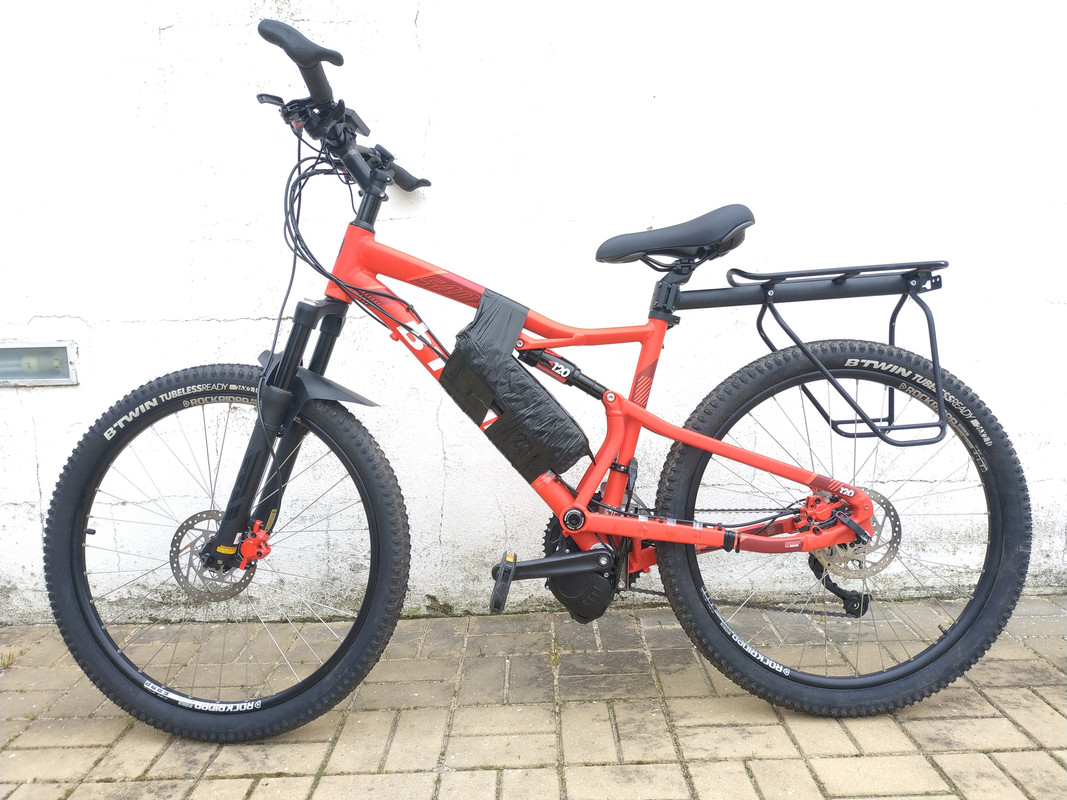I am sharing pictures of the battery pack I built for using with TSDZ2.
I am using the most power density cells available on the market, the
LG INR18650-M36 3600mAh - 10A.
Using this cells, my pack as 14S3P (14 cells in series and 3 cells in parallel) of 42 cells in total.
This pack has about 525 Wh and weighs only about 2.5 kgs (including the weight of BMS, connectors, etc). My girlfriend wants a light bicycle so I decided to use this cells/battery on his bicycle. Next I will do another for my bicycle and I will keep my older big packs (that use the same cells) to use when we do long rides like near or over 100 kms in a day.
I am using for the first time the chinese popular BMS with Bluetooth, the "Smart BMS with Bluetooth", that we can find in many online shops. This BMS would be very easy to develop firmware for if we want (used Arduino AVR microcontroller and popular battery management IC) but there is a lot of information about it, including the communication protocol.
I think I will need to limit on LCD3 the battery current to be 10 Amps, other way this cells may heat to much and damage quick but I will configure the BMS temperature sensors protection and I will keep a loop at the temperature to find the "max" average current for this cells in 3P.





My girlfriend bicycle:













